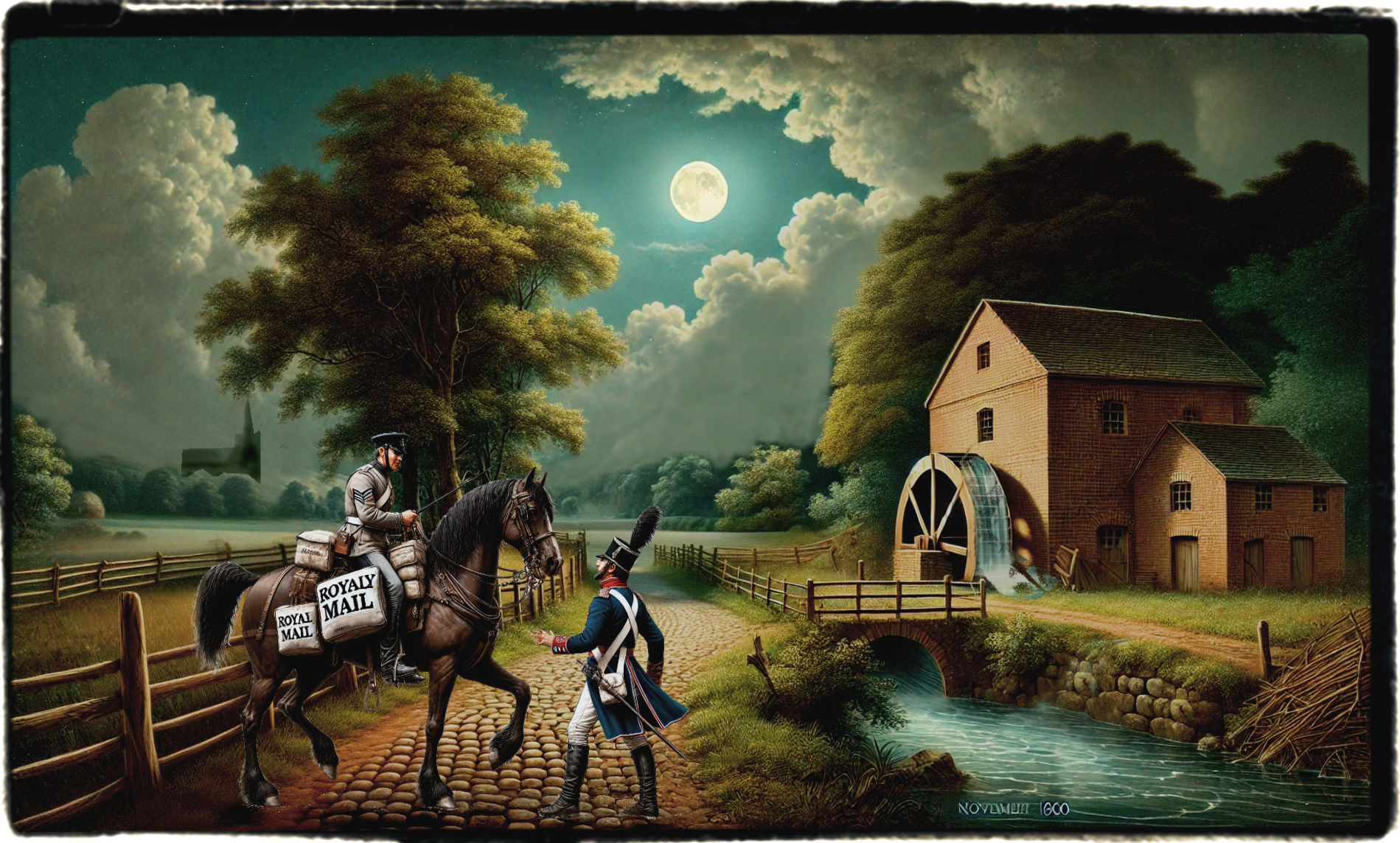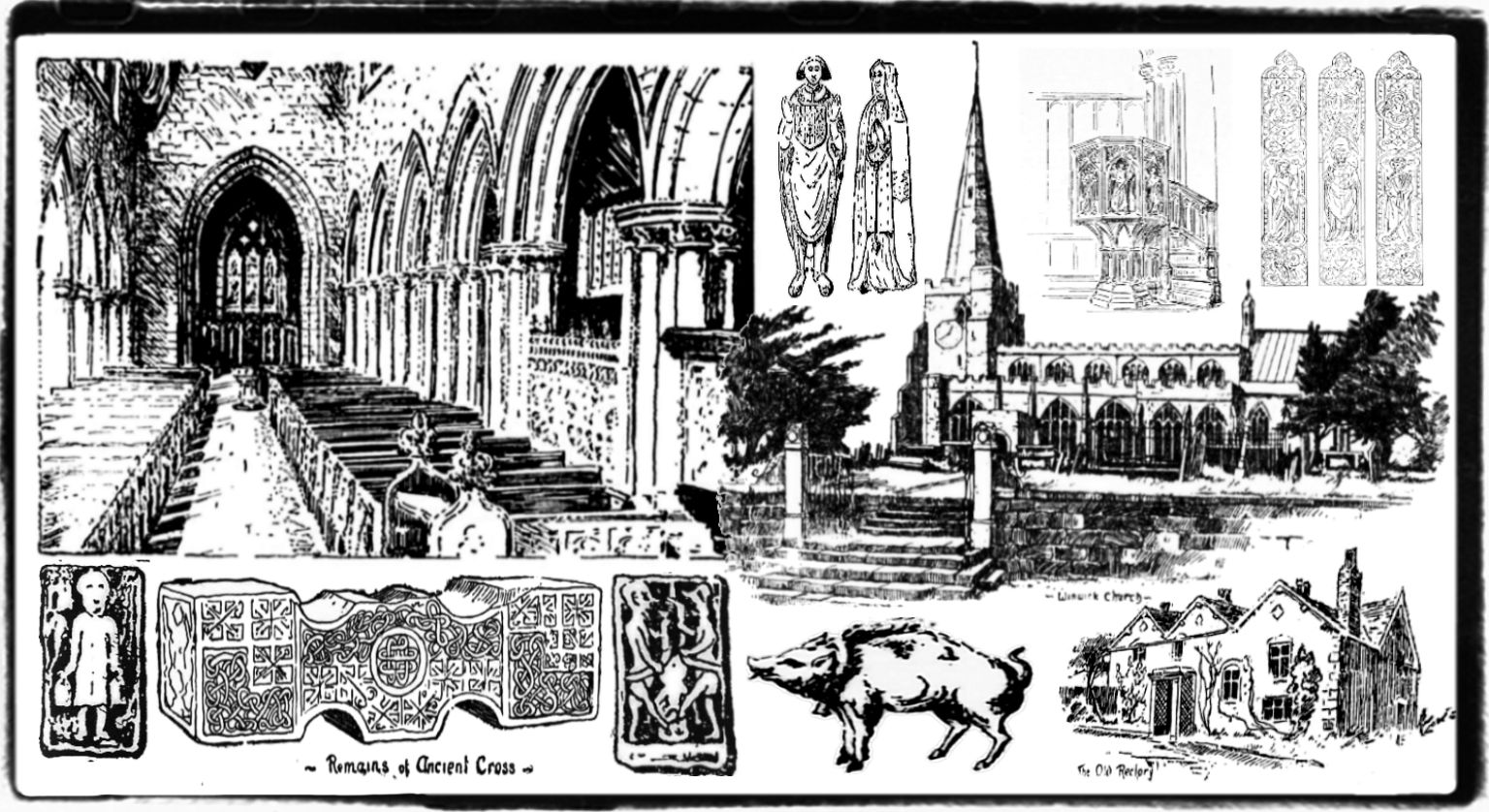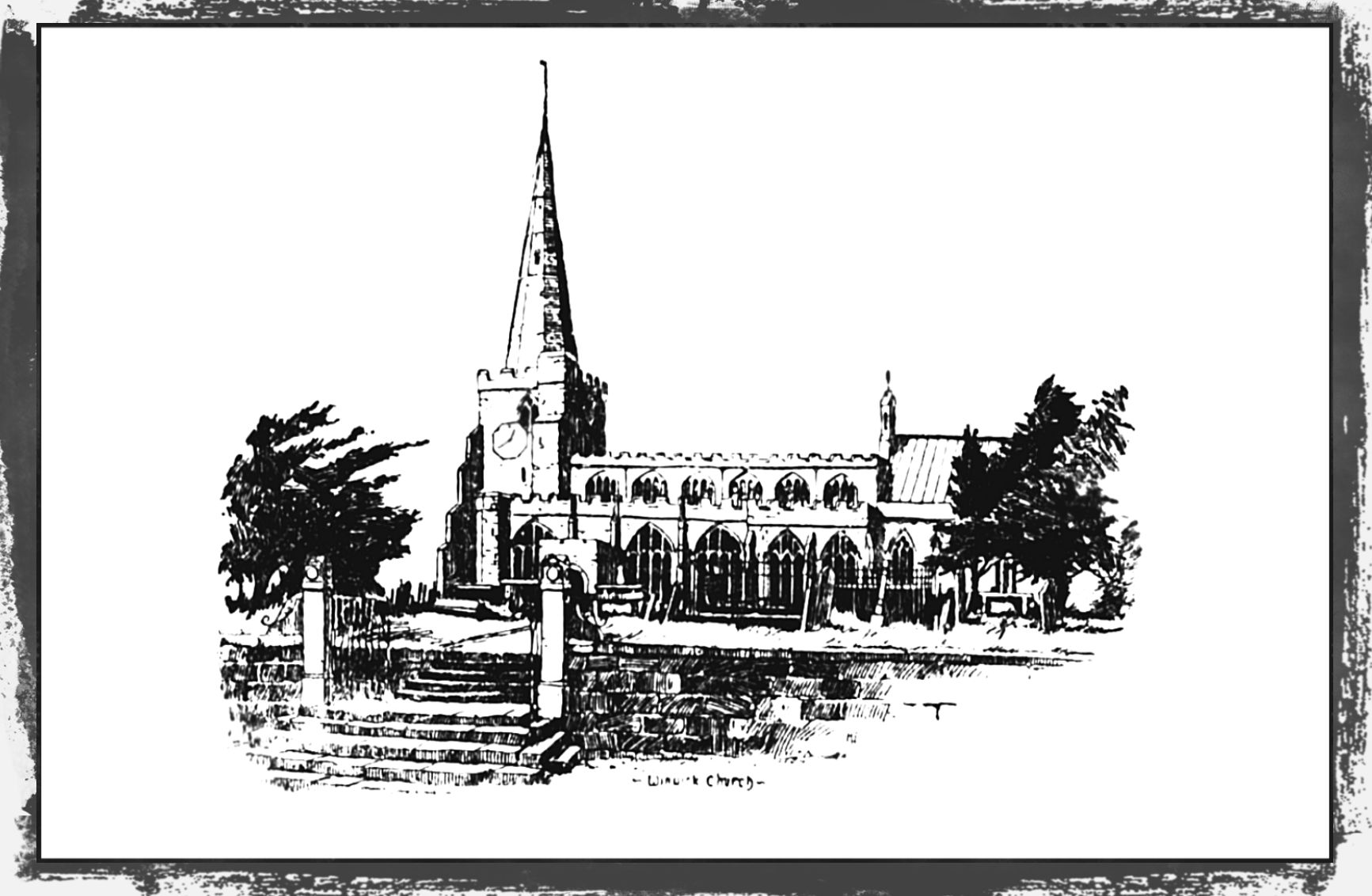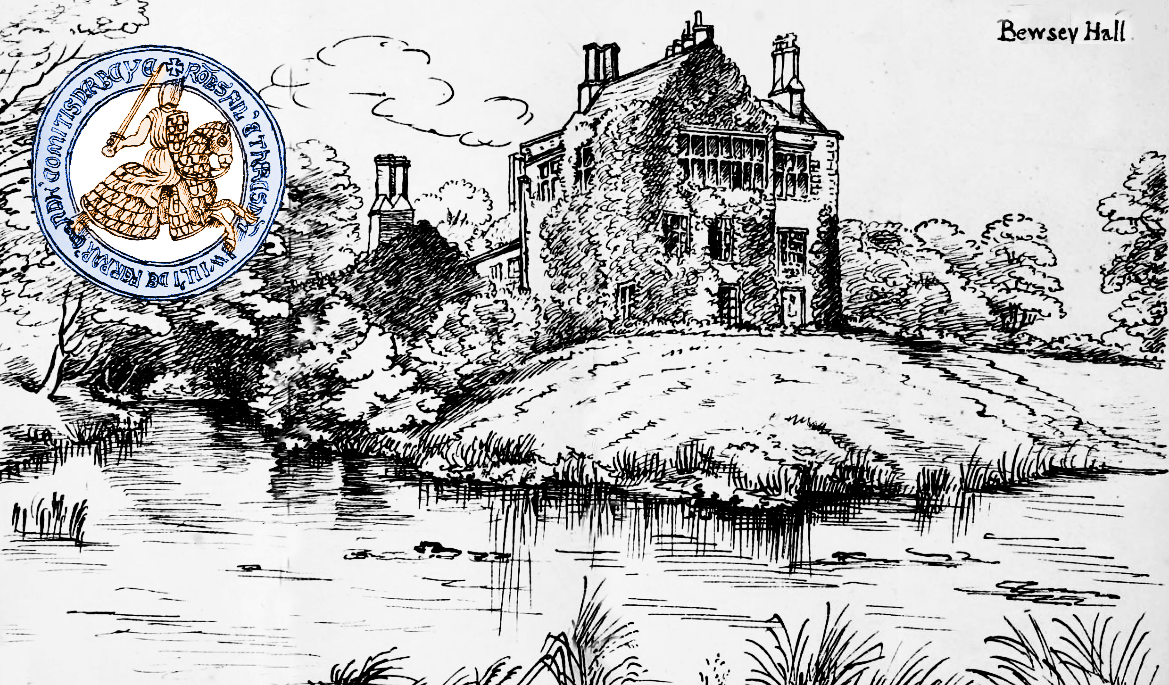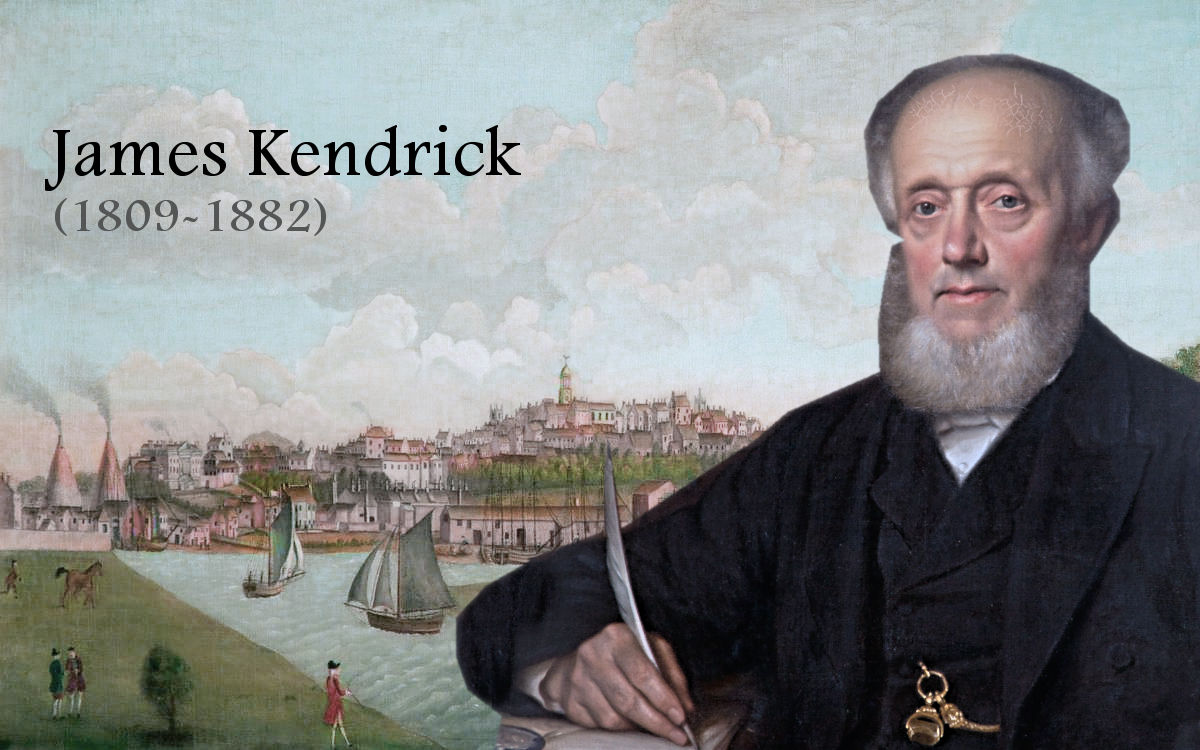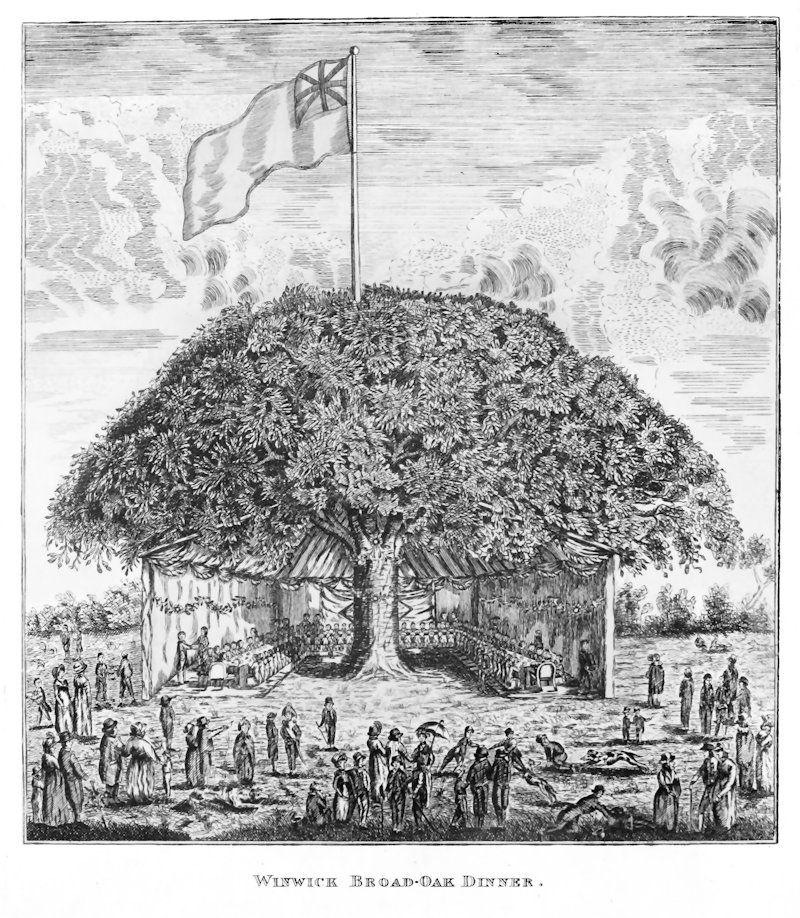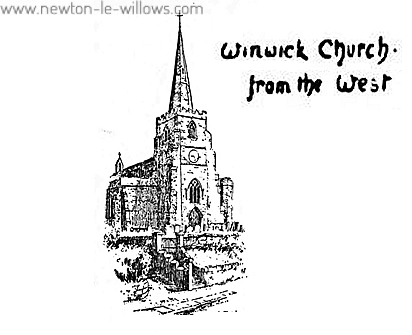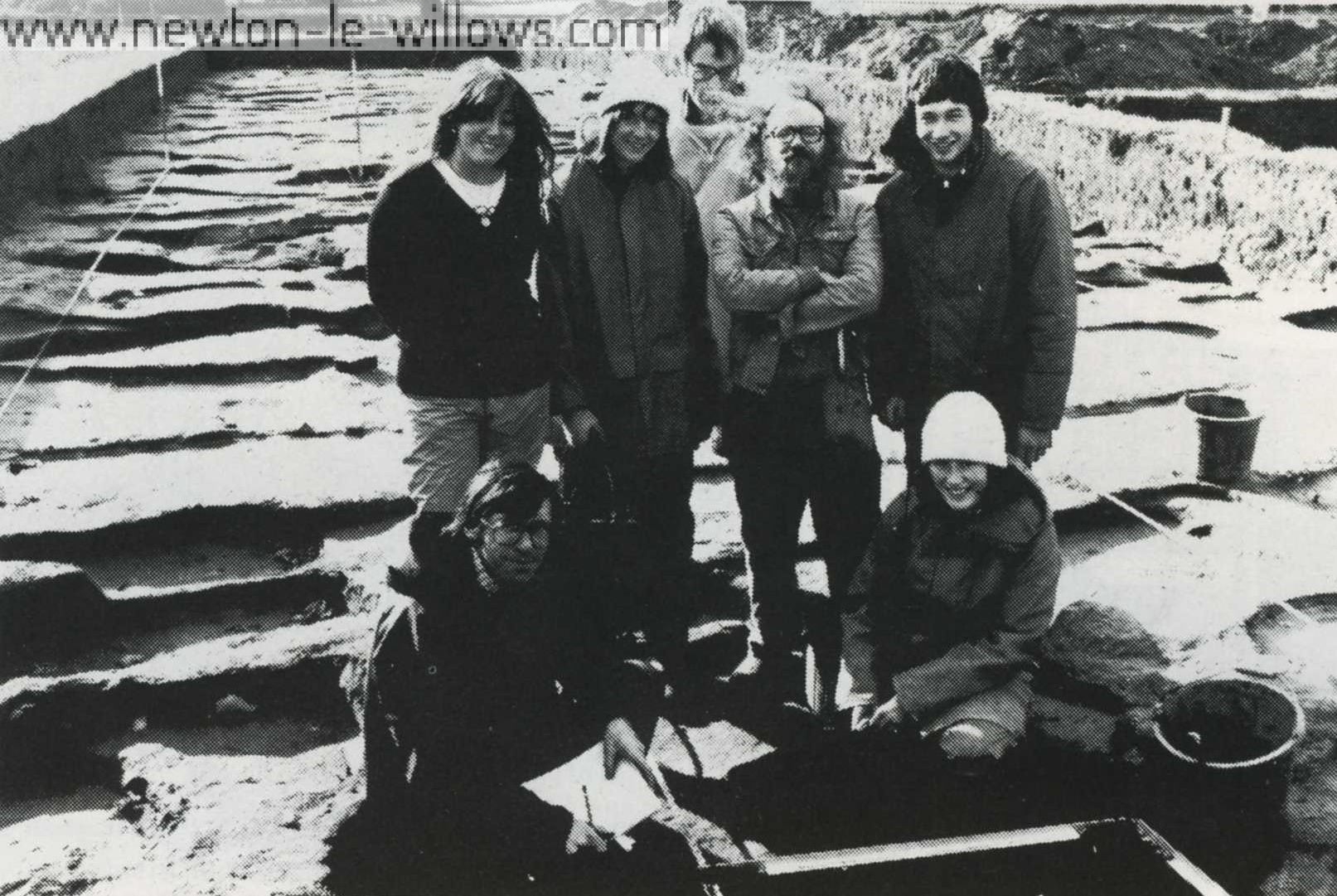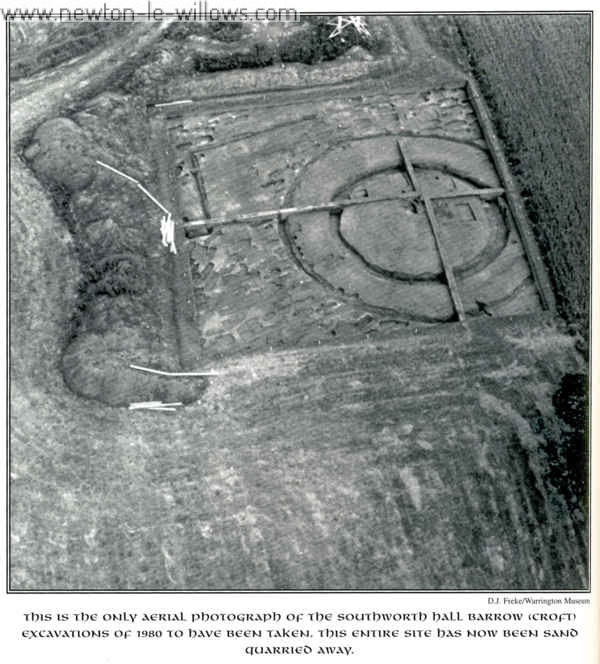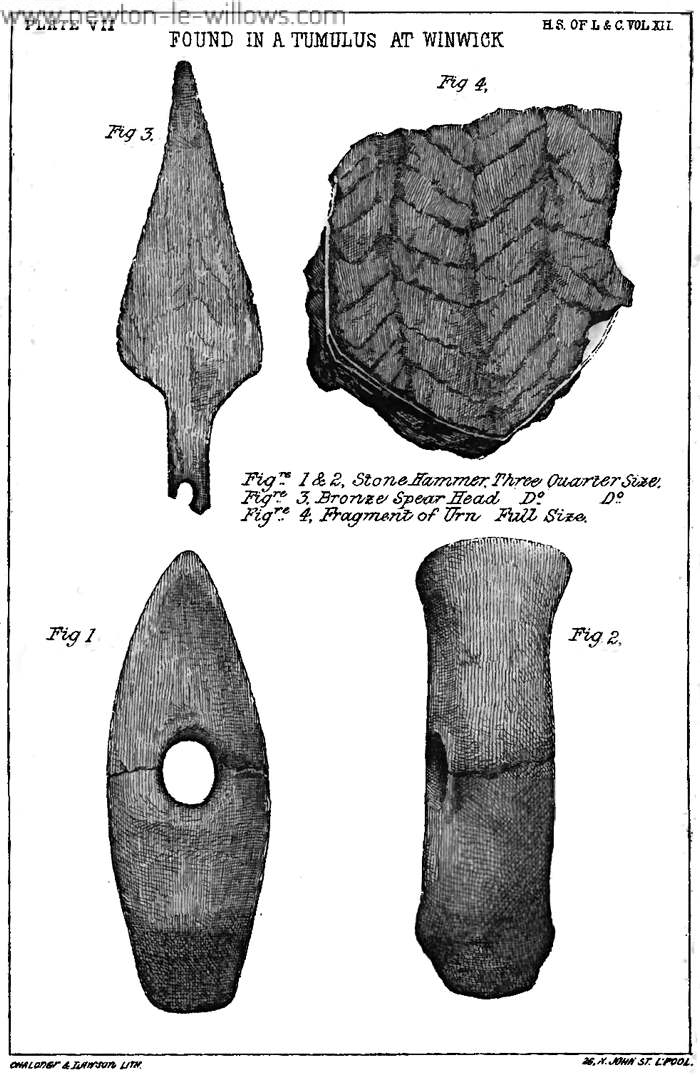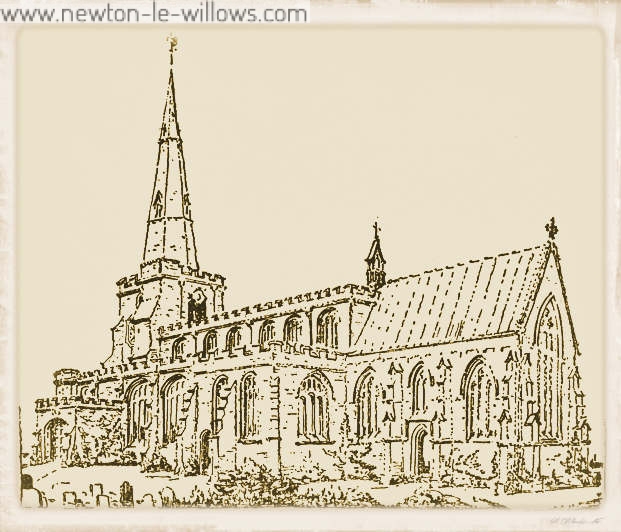GENERAL POST OFFICE Wednesday, November 12, 1800. The post-Boy carrying the Mail on Horseback from WARRINGTON to WIGAN was stopt about Half-past Two o’Clock in the Morning of Sunday 9th inst.. between Winwick and RED Bank MIll, by a Man on Foot, who after a struggle with the Rider pulled him off his Horse which the Robber mounted, and rode away with the Mail, containing the following bags of letters, viz. The Bag from London of Friday, the 7th instant, for Wigan, The Bags from Liverpool and Warrington, for WIGAN, CHORLEY,…
Read More >>Tag: Winwick
PUGIN AND THE RE-BUILDING OF WINWICK CHANCEL
By the Rev. W. A. Wickham: 28th November 1907 Perhaps no man set so deep a mark, directly and indirectly, upon the English church architecture of the nineteenth century as Augustus Welby Northmore Pugin, of whom Dean Stanley spoke as “that splendid, if eccentric, genius, who gave himself, though not with undivided love, to the service of another Communion” (qu. Scott, Recollections, p. 390). Ruskin, indeed, sneered at Pugin’s genius, and spoke of him (Stones of Venice, Append. 12; qu. Ferrey, Recollections, p. 164) as “one of the smallest possible…
Read More >>The parish of Winwick
The ancient parish of Winwick lies between Sankey Brook on the south-west and Glazebrook and a tributary on the north and east, the distance between these brooks being 4½ or 5 miles. The extreme length of the parish is nearly 10 miles, and its area 26, 502 acres. The highest ground is on the extreme north-west border, about 350 ft.; most of the surface is above the 100 ft. level, but slopes down on three sides to the boundaries, 25 ft. being reached in Hulme in the south. The geological…
Read More >>Annals of the Lords of Warrington
The following chronological list is derived from the 1873 book titled “Annals of the Lords of Warrington,” a historical account that delves into the centuries following the Norman Conquest of England. This compilation provides a detailed exploration of significant events, land transactions, and the involvement of notable families in the regions surrounding Warrington, including Newton-in-Makerfield, Burtonwood, Haydock, Parr, Winwick, Bradley Park, Bewsey, Culcheth, Great Sankey, and Lower Sankey. These records shed light on the development of these localities from the 11th century onwards, highlighting their strategic importance, social structures, and…
Read More >>THE EARLY HISTORY OF WARRINGTON
CONTRIBUTIONS TO THE EARLY HISTORY OF WARRINGTON. by Dr James Kendrick. Transcribed from the newspaper: Manchester Courier Published: Serialised Weekly from 8th Jan 1842 through to the 11 June 1842 The author of the following “Contributions” has few preliminary remarks to offer. He has been urged to their publication by many of his friends, who felt an interest in them when brought forward, a short while since, in the form of lectures. Wanting both leisure and inclination to compile distinct volume on the subject, he has selected a periodical of…
Read More >>1811: WINWICK BROAD OAK, BATTLE OF LISSA
The above illustration, which is reproduced from an old print kindly lent to us by Miss Calvert of Warrington, represents a memorable event in the history of the quaint village of Winwick, which occurred on August 26, 1811. Beneath the branches of the giant tree—the Winwick Broad Oak—a public dinner was held in honor of Captain, later Admiral, Sir Phipps Hornby, who had just returned to his native village after distinguishing himself in a decisive engagement with the French fleet in the Adriatic. At the present time, when the whole…
Read More >>Winwick : It’s History and Antiquities
By WILLIAM BEAMONT. Second Edition, 1878 Time, that great clock which requires no winding up, and possesses what so many dreamers have sought for and sought in vain—the secret of perpetual motion—has also, like other clocks, from time to time, but at longer intervals, its striking times which summon attention and invite us to pause and look back, promising in return something which from the past shall teach the present how to improve the future, and instruct while it amuses us. CONTENTS. Part 1. Etymology of Winwick. Part 2. Oswald,…
Read More >>Southworth Burial Mound
I recently purchased a number of the Burtonwood Brewery in-house ‘Top Hat’ magazines from the 1980s, in one of them was this article concerning the excavation of the Southworth Burial Mound which is between Winwick and Lowton. Digging into the roots of history Remnants of a long-lost civilisation have been unearthed from plough-blade depth on open farmland, close to a huge man-made crater which will eventually accommodate colliery waste. And to mark the sensational discovery, being hailed as the North’s most important prehistoric find of the last decade, the archaeology…
Read More >>Southworth Burial Mound
Southworth Burial Mound Take Myddleton Lane (the ‘Eastern avenue’ off the Winwick mound) out of Winwick towards Culcheth and it will lead down the ley line towards Croft where it becomes Southworth Lane as it passes the ancient Southworth Hall over the M6 motorway. In the fields to the right Victorian Historical Journals from the Warrington Historical Society mention there may have been the burial mounds though these are now lost being ploughed flat, and in the field to the left on the Newton side, between the motorway and Southworth…
Read More >>Tumuli at Winwick, 1860
The earlier survey gives the more correct representation of the place, as there have certainly been at least two barrows, one in the field on the east, the other in that on the west side of the lane. The latter, which we shall first describe, is on a farm called " the Highfields," the ground sloping considerably from the north. The tumulus is about six feet above the level of the lane, and the ground to the west is uneven, forming a sort of bank, while the fence on the…
Read More >>£200 REWARD – Red Bank Highwayman
I found this interesting bit of history while searching the web, this is a bit of text about the “THE SUN” Newspaper, from Thursday 13th November 1800. This Issue features a prominent front page advertisement announcing a £200 REWARD for the arrest of the HIGHWAYMAN who robbed the WARRINGTON MAIL between WINWICK and RED BANK HILL. He pulled the post boy off his horse and made off with the mailbag. Nearby were found a pistol, cap, plate and feather suggesting that the robber belonged to the QUEENS OWN REGIMENT OF…
Read More >>